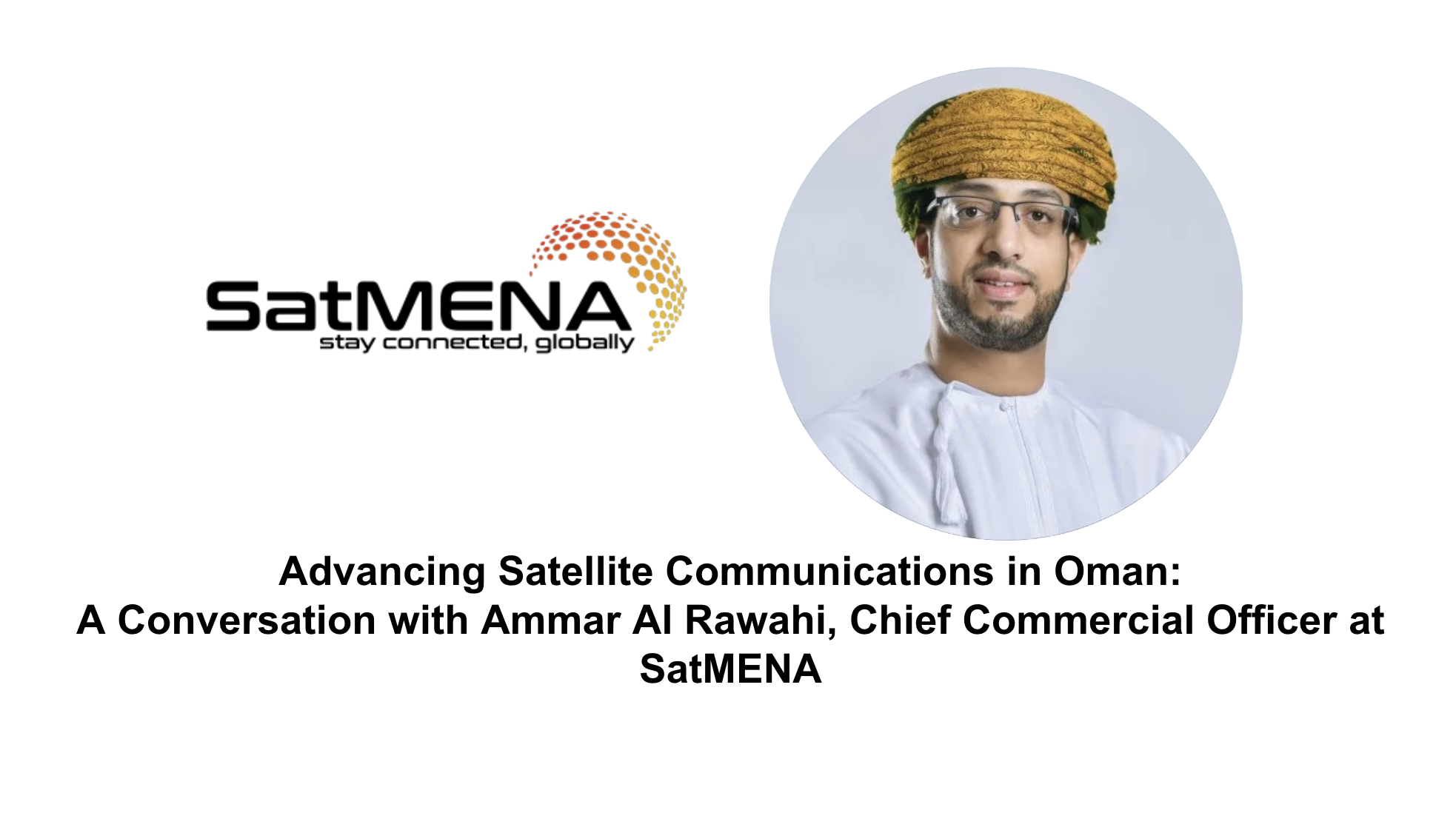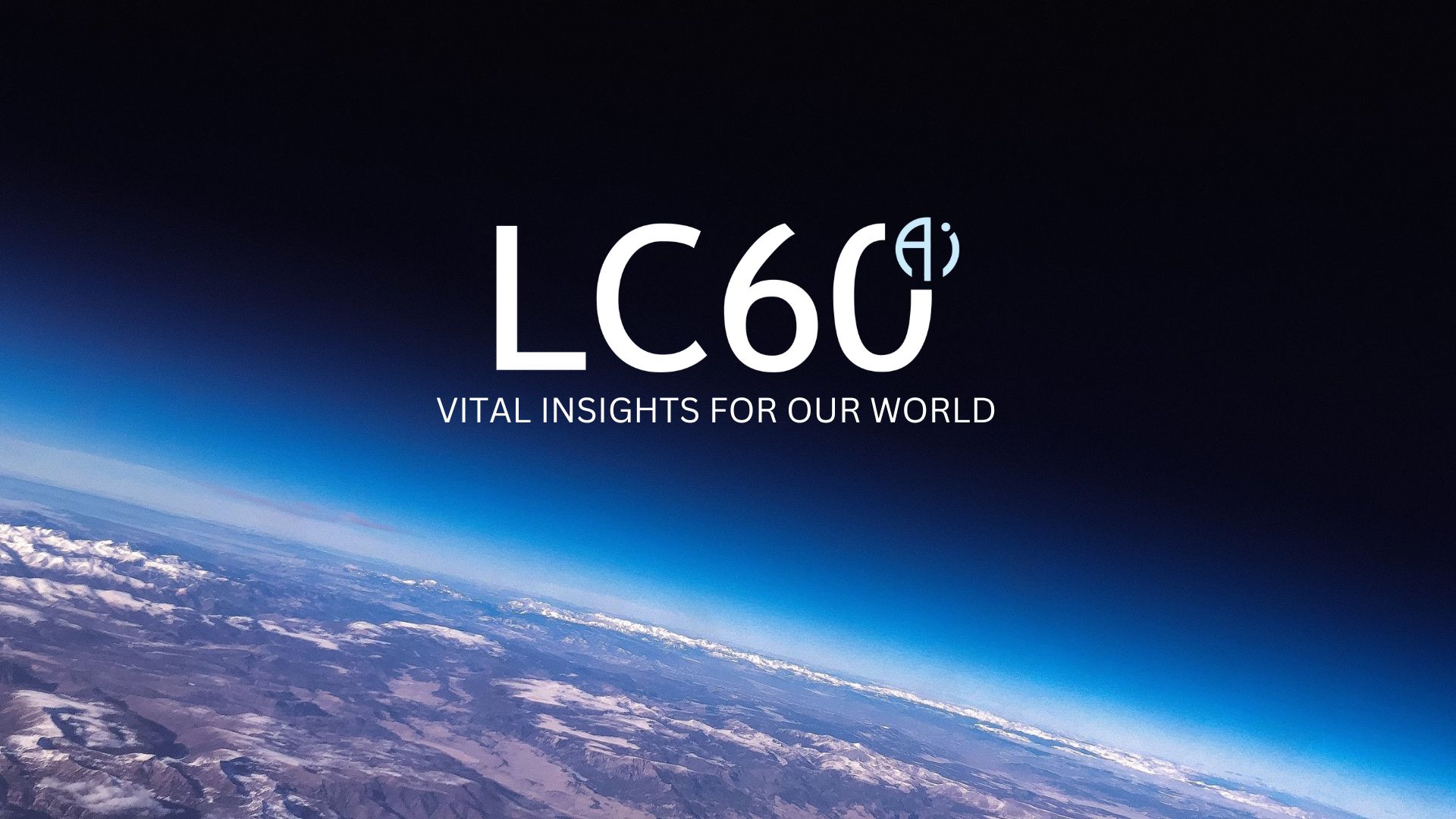
In this interview, we speak with Ammar Al Rawahi, Chief Commercial Officer at SatMENA, an Omani Satellite Communications company at the forefront of satellite technology in the region. SatMENA delivers a wide range of communication services and smart satellite solutions, tailored to meet the growing needs of businesses across Oman and the broader Gulf. With cutting-edge infrastructure, including a Muscat Teleport equipped with a 6.3-meter auto-tracking antenna and advanced NewTec HUB technology, SatMENA offers high-speed, reliable satellite connectivity of up to 1Gbps, supporting industries like oil and gas, telecommunications, and beyond.
Ammar Al Rawahi’s role at SatMENA reflects his deep involvement in Oman’s space and satellite industries, as he previously served as a Space Projects Consultant at the National Center for Space and Chairman of the Oman Astronomical Society.
In this discussion, Ammar provides insights into SatMENA’s ongoing projects, the innovative services they are bringing to the market, and how the company is transforming satellite communications in Oman and other neighboring countries.
1. Can you elaborate on SatMENA Oman’s vision for the future of satellite communication in Oman and the region?**
SatMENA Oman envisions a future where satellite communication transforms the landscape of connectivity in Oman and the broader MENA region. Our vision includes providing seamless, high-speed connectivity access to all, particularly in remote and underserved areas. By leveraging advanced satellite technologies, we aim to bridge the digital divide, supporting digital transformation and economic growth aligning with Oman Space Policy and Executive Program as well as Oman 2040 vision. We see ourselves as a pivotal player in enabling smarter, more connected communities, enhancing the quality of life, and driving innovation in various sectors including education, healthcare, and commerce. Our goal is to become a leader in satellite communication, setting benchmarks for reliability, efficiency, and customer satisfaction in the region.
2. What is your growth strategy for the next few years?
SatMENA’s growth strategy for the next few years focuses on several key areas:
- Expanding Coverage and Capacity: Leveraging the extensive coverage of the Astra 2F satellite to deliver high-speed connectivity across Oman, UAE, and parts of KSA and Yemen.
- Innovative Solutions: Developing tailored solutions for businesses, government institutions, and the armed forces to meet their unique connectivity needs.
- Strategic Partnerships: Strengthening relationships with leading satellite operators like SES and utilizing advanced infrastructure, such as the SatMENA Teleport, data center and NOC.
- Affordability and Accessibility: Implementing cost-effective strategies to make satellite connectivity more affordable and accessible, especially in remote and underserved areas.
- Regional Expansion: Targeting key markets in the wider MENA region for expansion, guided by a strategic roadmap.
3. How does SatMENA Oman differentiate itself from other telecom providers, especially in remote areas where both satellite and terrestrial options might exist?
SatMENA differentiates itself from other telecom providers through several key aspects:
- Comprehensive Coverage: A single beam covering a wide area ensures seamless connectivity across Oman and neighboring regions, even in remote locations.
- High-Speed Connectivity: Offering speeds up to 1 Gbps on a single terminal, significantly higher than many terrestrial and other satellite options.
- Reliability: A track record of uninterrupted connectivity since inception, supported by a state-of-the-art data center, NOC and robust infrastructure.
- Flexible Solutions: Customizable bandwidth management, allowing clients to allocate resources as per their needs with guaranteed SLAs.
- Competitive Pricing: Cost-effective Ka-band services that provide significant savings for customers.
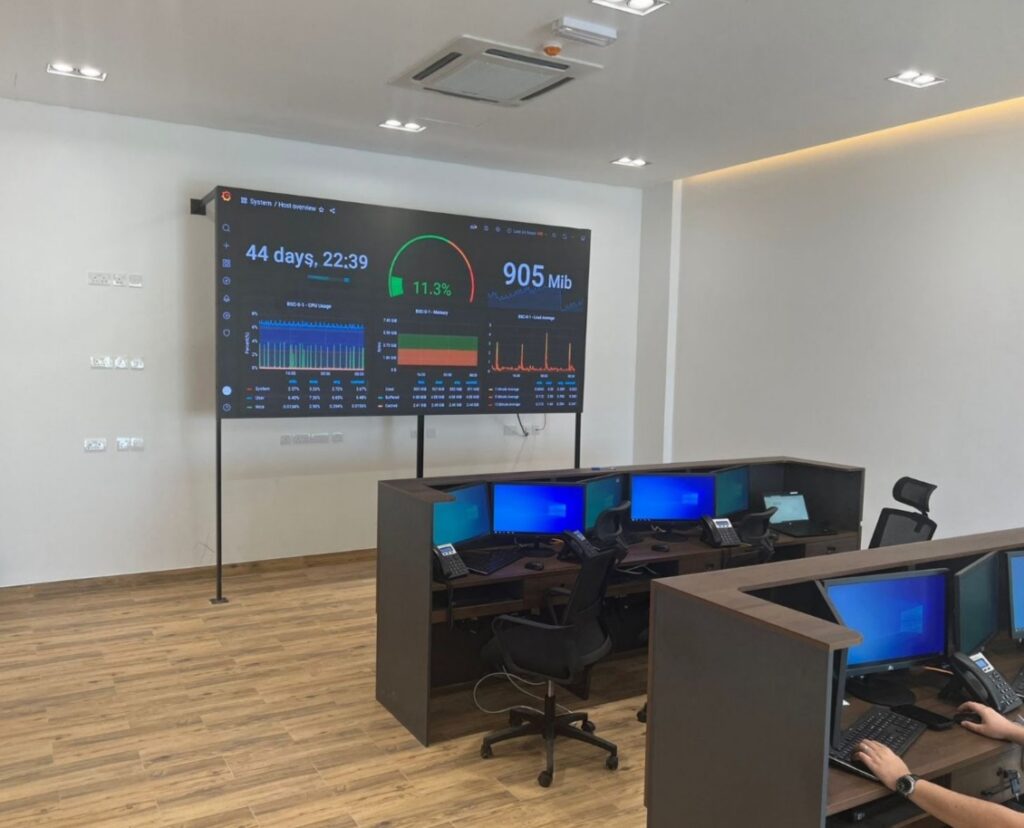
4. What are some of the most innovative solutions SatMENA Oman offers to cater to the diverse needs of businesses and individuals in Oman?
SatMENA offers a range of innovative solutions, including:
- High-Speed Connectivity Access: Providing unprecedented speeds up to 1 Gbps over satellite, which is particularly beneficial for high-demand applications.
- Customizable Bandwidth Management: Offering flexible options for pooled or separate bandwidth allocations with guaranteed minimum SLAs, allowing businesses to optimize their connectivity based on their specific needs.
- State-of-the-Art Infrastructure: Utilizing advanced satellite hubs (NewTec and iDirect) and a robust data center, along with a dedicated electrical station with backups two UPS and generator for extended power outages, ensuring high availability and fully redundancy of all the technologies in the teleport (1+1).
- Enhanced Security: Implementing comprehensive security measures at the SatMENA Teleport, including 24/7 CCTV monitoring and secure fencing, ensuring maximum protection for critical infrastructure.
5. How is SatMENA Oman preparing for and integrating emerging technologies like Low Earth Orbit (LEO) constellations into its service offerings?
SatMENA is preparing to integrate Medium Earth Orbit (MEO) constellations into its service offerings to enhance the quality and range of satellite connectivity services. These constellations provide lower latency and higher throughput compared to GEO satellites. Key preparations and integrations include:
- Reducing Latency: MEO constellations offer significantly lower latency, improving the performance of real-time applications such as video conferencing and online gaming.
- Increasing Capacity: MEO technology provides higher capacity, supporting more capacity and higher data rates, which is crucial for bandwidth-intensive applications.
- Broadened Reach: Expanding coverage to more remote and underserved areas, ensuring that even the most isolated regions have access to high-speed connectivity.
- Technical Upgrades: Investing in the necessary ground infrastructure and technology upgrades to seamlessly integrate MEO constellations with existing services.
6. How is SatMENA Oman working towards making satellite connectivity more affordable and accessible for all segments of the Omani population, particularly in remote areas?
SatMENA is committed to making satellite connectivity more affordable and accessible through various initiatives:
- Competitive Pricing Models: Offering cost-effective Ka-band services that lower the cost barrier for consumers and businesses, making high-speed connectivity more accessible.
- Government Collaboration: Partnering with the Omani government to deliver connectivity in remote areas and support national connectivity goals, ensuring that even the most isolated communities have access to reliable connectivity.
- Flexible Service Plans: Providing a range of service plans tailored to different needs and budgets, ensuring broad accessibility across various segments of the population.
- Community Outreach: Engaging in community outreach programs to educate and promote the benefits of satellite connectivity, encouraging adoption in remote and underserved areas.
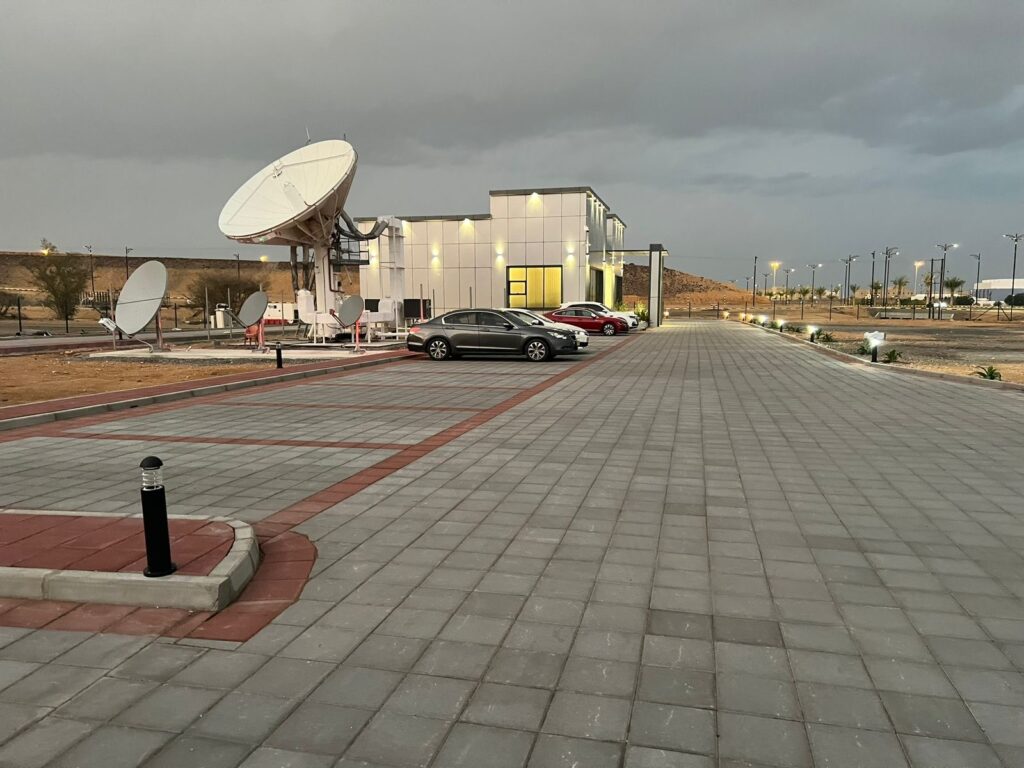
7. How is SatMENA Oman collaborating with the Omani government to achieve national connectivity goals, especially in underserved regions?
SatMENA collaborates closely with the Omani government to achieve national connectivity goals through several key initiatives:
- Expanding Infrastructure: Partnering on initiatives to build and expand satellite infrastructure in underserved regions, ensuring comprehensive coverage and reliable connectivity.
- Public-Private Partnerships: Engaging in public-private partnerships (PPPs) to leverage resources and expertise for broader connectivity solutions, enhancing the reach and impact of satellite services.
- Policy Advocacy: Working with regulatory bodies to create favorable policies that support the growth and accessibility of satellite communication services, fostering an environment conducive to technological advancement and digital inclusion.
- Subsidized Services: Collaborating with government programs to provide subsidized services to low-income and remote communities, ensuring that everyone has access to high-speed connectivity regardless of their location or financial situation.
8. Does SatMENA Oman have any plans to expand its services beyond Oman and into the wider MENA region? If so, what are the key markets you’re targeting?
Yes, SatMENA Oman has ambitious to be the satellite ground station hub for leading satellite operators in the region and plans to expand its services beyond Oman into the wider MENA region. Our expansion strategy focuses on several key markets:
- Gulf Cooperation Council (GCC) Countries: We aim to extend our services to neighboring GCC countries, leveraging our existing infrastructure and expertise to provide regional connectivity solutions.
- North Africa: Exploring opportunities in North African countries where there is a significant demand for reliable and high-speed connectivity. Our goal is to address the connectivity challenges faced by these regions.
- Emerging Markets: Identifying and targeting emerging markets in the MENA region with high growth potential. These markets present opportunities for us to introduce our innovative solutions and expand our customer base.
- Strategic Alliances: Forming partnerships with local telecom operators, governments, and businesses to facilitate our entry into new markets. These alliances help us navigate regulatory environments and tailor our services to meet local needs.
- Scalable Solutions: Developing scalable solutions that can be easily adapted and deployed in different markets. This ensures that we can quickly respond to market demands and provide reliable connectivity services.
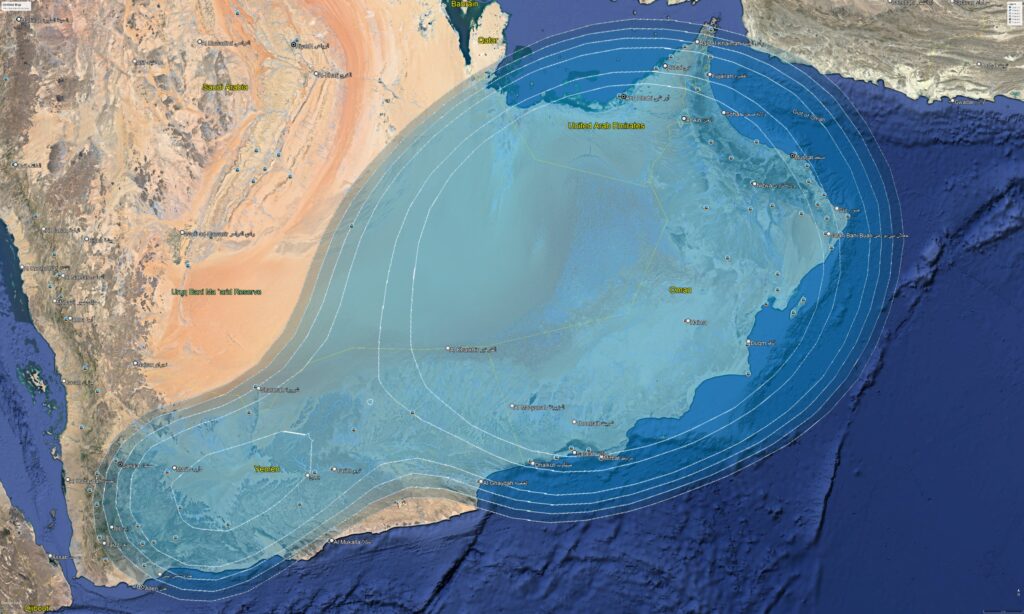
9. Can you elaborate on the benefits of SatMENA Oman being the first SES partnered MENA commercially open geostationary (GEO) satellite gateway and hub?
As the first SES-partnered commercially open geostationary (GEO) satellite gateway and hub in the MENA region, SatMENA enjoys several significant benefits:
- Advanced Technology Access: Leveraging SES’s cutting-edge satellite technology and infrastructure to provide high-quality and reliable connectivity services.
- Extended Coverage: Enhanced coverage and capacity across the region, enabling SatMENA to offer comprehensive connectivity solutions to a wider range of customers.
- Market Leadership: Strengthening its position as a market leader in satellite communications, benefiting from SES’s expertise and reputation in the industry.
- Improved Service Offerings: Ability to offer differentiated and advanced services, such as high-speed connectivity and flexible bandwidth management, that meet the evolving needs of customers in the region.
- Strategic Advantage: Gaining a strategic advantage in the MENA market by being at the forefront of satellite communication advancements, positioning SatMENA as a preferred provider for businesses, and government institutions.
10. What are some of the biggest trends you see impacting the satellite communication industry in the coming years? How is SatMENA Oman preparing to adapt and thrive in this evolving landscape?
Some of the biggest trends impacting the satellite communication industry in the coming years include:
- Emergence of MEO Constellations: Providing higher speed and lower latency, transforming the satellite connectivity landscape and expanding market opportunities.
- 5G Integration: Combining satellite and 5G technologies for seamless and ubiquitous connectivity, supporting a wide range of applications from urban to remote areas.
- IoT Growth: Supporting the expansion of Internet of Things (IoT) applications, requiring reliable and widespread connectivity to facilitate smart devices and systems.
- Increased Demand for High-Speed Connectivity: Growing demand for high-speed and reliable connectivity access, driven by the digital transformation of businesses and the increasing reliance on online services.
SatMENA is preparing to adapt and thrive in this evolving landscape by:
- Investing in New Technologies: Continuously upgrading its infrastructure to integrate new advancements, such as MEO constellations and 5G technology, ensuring that it remains at the forefront of the industry.
- Expanding Service Offerings: Diversifying services to meet emerging market demands, including high-speed connectivity, IoT connectivity, and tailored solutions for various sectors.
- Enhancing Customer Experience: Focusing on customer-centric solutions and high-quality service delivery, ensuring that clients receive reliable, flexible, and cost-effective connectivity.
- Strategic Partnerships: Strengthening partnerships with leading technology providers and industry players, leveraging their expertise and resources to enhance service capabilities and market reach.
11. Does SatMENA Oman have any sustainability initiatives in place, either in terms of its technology or operations?
Yes, SatMENA Oman has several sustainability initiatives in place, focusing on both technology and operations:
- Eco-Friendly Operations: Implementing energy-efficient technologies and practices in its teleport and NOC, reducing the environmental footprint of its operations.
- Green Energy: Exploring the use of renewable energy sources, such as solar power, to power its facilities and reduce reliance on non-renewable energy.
- Waste Reduction: Adopting waste reduction practices, including recycling and proper disposal of electronic waste, to minimize environmental impact.
- Corporate Social Responsibility: Engaging in CSR activities that promote digital inclusion, environmental sustainability, and community development, contributing to the overall well-being of society.
- Sustainable Infrastructure: Designing and maintaining infrastructure with sustainability in mind, ensuring long-term durability and minimal environmental impact.
12. How do you see satellite connectivity impacting the way people work and businesses operate in Oman, particularly in remote areas?
Satellite connectivity is transforming the way people work and businesses operate in Oman, particularly in remote areas, by:
- Enabling Remote Work: Providing reliable connectivity access that supports telecommuting and remote work, allowing individuals to work from anywhere and businesses to maintain productivity and flexibility.
- Supporting Local Businesses: Offering high-speed connectivity that enables local businesses to expand their reach, improve operations, and compete in the digital economy, driving economic growth and development.
- Enhancing Education and Healthcare: Facilitating access to online education and telemedicine services, improving the quality of life and economic opportunities in remote regions by bridging the gap in essential services.
- Promoting Innovation: Encouraging innovation and entrepreneurship by providing the necessary connectivity for new and emerging technologies, fostering a vibrant and dynamic business environment.
In summary, satellite connectivity is playing a pivotal role in driving digital transformation, economic growth, and social development in Oman, particularly in remote and underserved areas. SatMENA Oman is at the forefront of this transformation, providing the necessary infrastructure and services to support these advancements.

Alex Cresniov, Founder of SpaceTech in Gulf
About the author: Passionate in the Space industry with significant expertise in Policy Making, Global Socio-Economic Assessments, and DeepTech Analytics.
Email: alexei@spacetech-gulf.com
